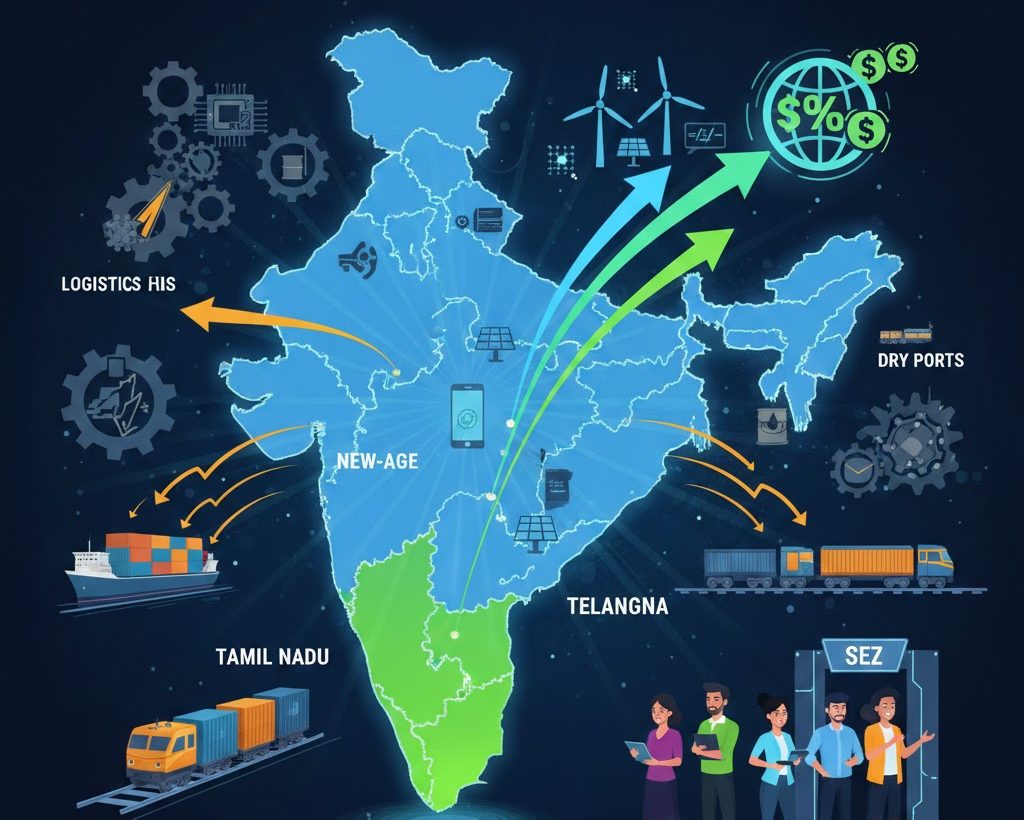Font size:
Print
India’s Shifting Approach Towards China
Context:
India’s diplomatic stance towards China appears to be undergoing a transformation.
More on News
- In a podcast released in mid-March, Prime Minister Narendra Modi made his most conciliatory remarks about China in years, emphasising that “only through dialogue can we build a stable, cooperative relationship,” which he deemed essential for global stability and prosperity.
- These remarks were warmly received by Chinese officials, signaling a potential shift in India’s approach.
Evolving India-China Relationship
- Not a Sudden Shift: Since the rupture in relations in 2020, when China launched multiple incursions into Ladakh and a deadly skirmish claimed the lives of 20 Indian soldiers, the two nations have been cautiously moving towards normalcy.
- Disengagement: Military talks have facilitated disengagement from several border sites, and despite the diplomatic freeze, bilateral trade has reached record highs.
- In October 2023, India and China reached an agreement to disengage from the last two incursion sites, ostensibly resolving the crisis and setting the stage for normalisation.
India’s Strategic Position
- It remains unclear whether Mr. Modi’s comments indicate a mere tonal shift or a deeper policy recalibration.
- New Delhi itself may still be weighing its options, oscillating between a conciliatory stance—similar to the early days of the Modi administration, which saw high-profile summits with Chinese President Xi Jinping—and the enduring structural rivalry between the two nations.
- Even as Mr. Modi made these remarks, India’s Chief of Defence Staff, General Anil Chauhan, was engaging with senior commanders from India’s Quad partners: Australia, Japan, and the United States.
- From a strategic standpoint, India has long prioritised economic development.
- Given China’s economy is more than four times larger than India’s, it makes sense, as External Affairs Minister S. Jaishankar has stated, to maintain a stable and potentially beneficial relationship with its powerful neighbor.
- Reducing military confrontations with its largest trading partner aligns with India’s broader economic goals.
External Influences: The U.S. Factor
- The government is closely monitoring the policy stance of the new Trump administration in the United States, which has signaled an ambiguous approach towards China.
- While Mr. Trump has imposed tariffs on Beijing, his defense policies appear less confrontational.
- He has suggested reducing U.S. defense spending and has pressured frontline allies such as Japan and Taiwan to take greater responsibility for their own security.
- Furthermore, Mr. Trump’s broader geopolitical strategy includes orchestrating major power bargains, as evidenced by his approach to the Ukraine conflict, where he has sought to accommodate Russian strategic interests while pursuing economic benefits for the U.S.
- There is no inherent reason why he would not seek a similar arrangement with China, potentially trading American strategic influence for economic gain.
- This possibility has likely caught New Delhi’s attention, especially considering that India has come to expect U.S. intelligence assistance in managing Chinese threats along its border.
- Uncertainty over American support in a crisis adds another reason for India to stabilize its relationship with China.
Need for Strengthened Military Preparedness
- While India’s conciliatory tone may suggest a policy shift, it should not lead to complacency in military preparedness.
- Despite the urgency imposed by the Ladakh crisis, India’s defense spending has steadily declined over the past decade as a share of both the national budget and GDP.
- A stabilising policy must not become an excuse for delaying critical investments in military modernisation and organisational reforms.
- Developing key military capabilities, such as submarines and fighter aircraft, takes years, if not decades.
- To ensure strategic flexibility, India must invest in defense infrastructure now.
- Simultaneously, it should continue enhancing operational cooperation with key partners through joint exercises and coordinated strategic planning, without necessarily binding itself to any rigid alliance commitments.
The primary purpose of military power is to deter and, if necessary, counter aggression. If India seeks stability, it must balance its diplomatic overtures with tangible military strength. Otherwise, its efforts at stabilisation risk being perceived as submission rather than strategic pragmatism.


